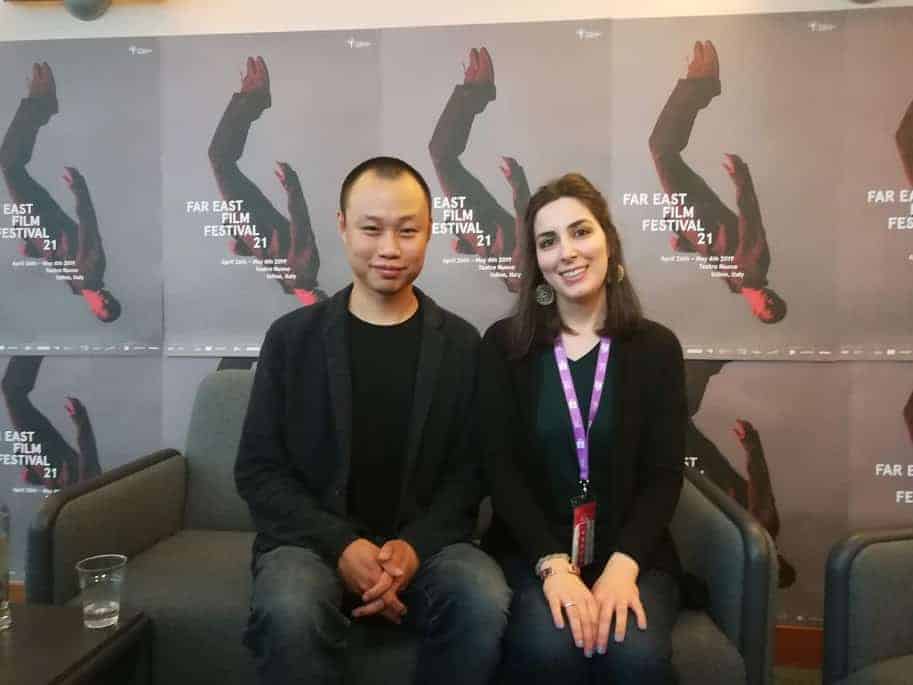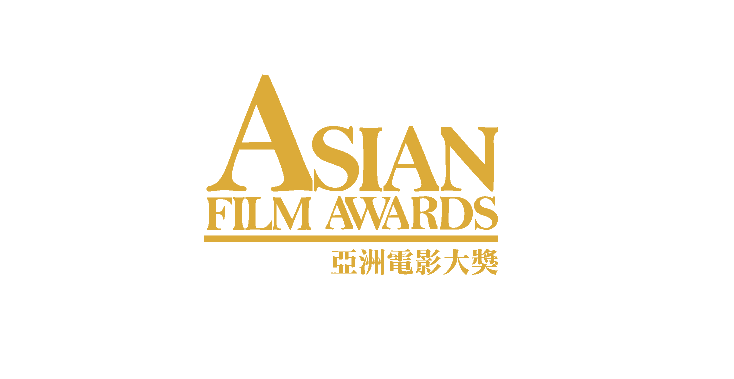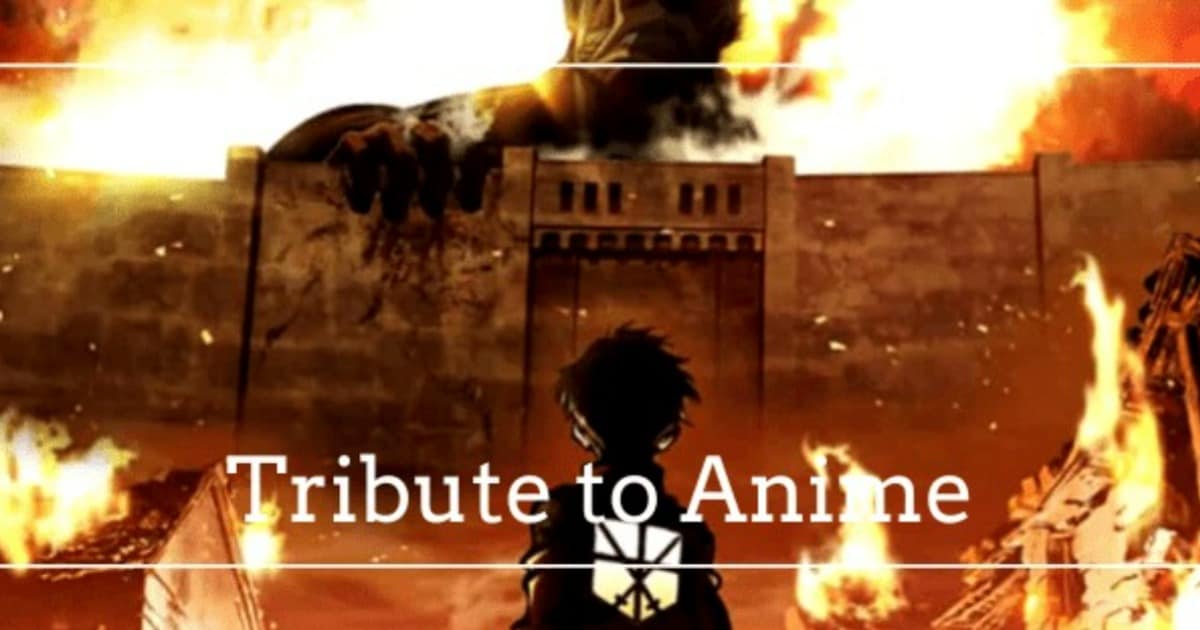Moët Hayami was born in Shiga Prefecture. She studied at Ritsumeikan University, Kyoto in the visual department and became a freelance video professional. Hayami and cinematographer Ryo Muramatsu present their work on their homepage titled Atelier Kushina (http://hayamimoe.strikingly.com/). “Kushina, what will you be” is her feature debut after years of work experience on various departments of film production from the art department to costumes to the position of assistant director. Over the years she has worked for films by Takuro Nakamura (“West North West”, 2015) and Ryutaro Nakagawa (“Summer Blooms”, 2018). “Kushina, what will you be” premiered on the Osaka Asian Film Festival 2018 and received the JAPAN CUTS award.
On the occasion of “Kushina, what will you be” screening at Japan Cuts 2018, we speak with her about the shooting process of the movie, the role of sound for the film and her influences as a filmmaker.

First of all, congratulations on receiving the Japan Cuts award for “Kushina, what will you be.”
Thank you.
“Kushina” is an incredibly beautiful film and you mentioned in another interview your cinematographer, Ryo Muramatsu spend time with you while you were working on the script. What was your approach in terms of visuals and sound?
I wanted to create a different world, thus I tried to build a strong image before I wrote the script. First I designed locations, characters and their emotions, and then let the characters act as they want in my imaginary world. To do so, I spent a lot of time sharing images and talking about characters with Ryo. One day, he and I went to the exhibition of the Pre-Raphaelite Brotherhood and saw a painting called ‘Study: At a Reading Desk' by Frederic Leighton. We both liked it and the painting became a symbol of our film. I wanted to tell the story from all the single shots like that painting.
Regarding sound, I ordered the sound woman to record not only the dialogue, but also the sounds of throats, clothes, the location, etc. because I wanted to record the atmosphere. I knew that I could not spend money on post production, so I wanted to record as much sound as possible during production. However, after the shooting ended, I noticed that there was a mistake. At that time the sound was horrible. There was no core sound. We had to recreate the sound, so we did After Recording and Foley. Thanks to that challenge, I had time to think about sound design. I prioritized telling stories through this kind of sound rather than realistic sounds.
Can you give us some more details about the locations the film was shot?
It took a while to find locations. We visited several mountainous ones and eventually found a small village not on the map. Since I want to keep the village safe, please excuse me for not giving a specific address. We shot outside scenes in the village, but the indoor scenes were shot at the studio in the suburbs. There were restrictions regarding the size of the lens and the camera position because several locations were mixed and the modern items are not supposed to appear too much on the screen.

Were there any memorable episodes during the shooting? Good or bad.
To adhere to the schedule, we shot the last scene on the second day.
To be honest, I was really afraid to make this film. There is no correct answer or common sense in Kushina's world, so I had to “lead” this world. There was not enough time for preparation, and the shooting began with many uncertainties. However, that anxiety disappeared on the second day. The crew and actresses worked wonderfully, and I saw the moment the actresses emerged in Kushina's world. That was the most powerful moment during the shooting.
What was the casting process for the film like?
I decided to ask Yayoi Inamoto to play the role of Soko Kazano from the beginning. We had worked together before, and I fell in love with her beauty and innocence.
Actually, this film is based on the story of my life, and Kushina is my incarnation. I did not explain clearly the relationship between Kushina and Soko, but I did casting in hopes that actresses instinctively loved each other.
Then I looked for Onikuma, who is the strongest woman. When I found a picture of Miyuki Ono on the internet, I thought she was the one. She belongs to this famous agency, so that was challenging. Fortunately, she accepted the offer after she had read the script. She is the main axis of Kushina's world. I saw her and she was the answer. She lived in both reality and Kushina's world at the same time.
It was not easy to find Kushina and Kagu. Our make-up artist introduced me to Ikumi Satake. Ikumi was brilliant. As I mentioned, Kushina was my incarnation. She had everything that I wanted. And I was sure that Soko and Ikumi could get along fine.
One week before shooting, I thought that this production was over because I could not find Kagu. I met Tomona Hirota five days before the shooting. Her looked very unique and she looked like a strong woman; however, I could see her weakness and kindness deep in her eyes. That layer is linked with Kagu. I believed in her eyes.
I can see somehow from people's faces how they live and how they think. I believed in my feeling.
One of the themes of the film has to be the creation of harmony between the self and nature. How important is that in your opinion, especially since your film is very well aware of the influences of the outside world?
I'm sorry if I misunderstood the intention of the question.
Kushina's world looks like a beautiful sanctuary, but people there cannot escape easily. Nature is like a big birdcage. Kushina is under protection. To escape protection, she needs influences from the outside world. Soko Kazano is the symbol for curiosity. Curiosity comes suddenly, and it takes children away from their parents. Curiosity is always in children's heart. Soko is a strange person because she came in Kushina's house without permission. Some people think Soko has to be more intelligent since she is an anthropologist from the outside world. But I don't think Soko has to be real. Soko is a fantasy for Kushina. Soko herself is this curiosity of Kushina.
Human power is helpless towards the power of nature. We cannot control nature. It is better not to resist nature while shooting. Then you can see incredibly beautiful scenery sometimes in harmony with what we have prepared. What we can do is prepare, and wait. I would like to listen to nature's voice rather than schedule, if I can. Haha
In the film, there is this image of Ikumi Satake lying on the ground in the woods listening to music from a walkman. This is such a poetic image hinting at the link between nature and modernity. In what ways did art or poetry inspire these images and the film as a whole?
When I was young, my mother read some poems or picture books to me. And I memorized the full text of those. Unfortunately, I have forgotten almost everything now. In order to associate these sentences with images and to remember the full text of books, I became fond of sentences that are shorter and stronger than longer sentences. I think language is one of the most important elements of identity. The image of Kushina is the shape of my word. I prioritized words and images in my brain over cinematic cuts. That is the reason why Kushina looks poetic.
I love nature and modernity. Si-Fi movies such as Nausicaa and Star Wars have influenced me. Even though it was an image created by others, it is a utopia for me as well. Nature and modernity cannot coexist easily. Kushina is also a child with such aspects. She is now in a special world because she is ignorant. But, if she gets to know more, its equilibrium will collapse.
When I worked on production, I imagined that “Kushina” is one huge picture like “The Last Judgment” by Michelangelo. Small but delicate elements are chained together to form a large painting. The gaze of the people drawn in the painting is directed towards someone in the paintings. People in “Kushina” are also looking at someone. I wanted to design this film, expecting that Kushina and her story would become a myth (legend).

“Kushina” also seems to have been inspired by the Greek myth of Sappho and her community of women on the island of Lesbos. Is that a valid assessment?
I'm embarrassed to say that I don't know the Greek myth of Sappho. I read some articles about Sappho. That is an interesting opinion. As I mentioned, I was inspired by paintings of Pre-Raphaelite Brotherhood. Those paintings are similar to the paintings of Sappho. I am attracted to these kind of paintings, and myths. Kushina is named after Princess Kushinada, who is a deity in Japanese myth. I believe that some chosen people connect unconsciously with another world, even in different eras. Thank you for telling me about Sappho.
What are your biggest influences as a filmmaker?
It is hard to answer. Do you want to know the filmmakers whom I was influenced by? I like Alejandro Jodorowsky, M. Night Shyamalan, Ang Lee, Steven Spielberg, and David Fincher. The reason why I became a filmmaker is that I wanted to be an actress. But now why I want to keep making films is I am looking for the place my soul belongs. This is the biggest influence. I have a fragmentary imagination, and I collect the elements of this world and would like to create my soul's world in film.
With movements such as #MeToo, there is a lot of talk about the treatment of women within the film industry. How do you experience being a female in a mostly male-oriented industry?
I was shocked at the first experience on production. That was almost five years ago. An old assistant director said to me “How can you work with such big boobs?” Everyday he said these kind of things. Actually I have a blacklist of people whom I don't want to work with. But now I'm okay. I found a good production company. Unfortunately, I don't feel like working with a new production company really. Meeting new filmmakers is kind of stressful.
In Japan these days, many female directors have come out. But I feel that women are still being exploited by men. When a new female director comes out, articles say “Up-and-coming beautiful (cute) young female director.” I feel that a female director is kind of an idol in Japan. However, from a different point of view, a woman is lucky. A woman is more likely to be famous than a man and a woman is easy to get male fans. Actually, some women use female privilege.
Since the idea of happiness is so strong in “Kushina”, what is your idea of happiness?
I didn't think about happiness during the production, I always thought about love. I wanted to present that the direction and the shape of love changed. Love of admitting, love of letting go, and love of protecting others. Kushina is the only person who might not see the world in a bird's-eye view and does not know mother's love and does not think about happiness deeply, but she has pure curiosity. If you feel the idea of happiness in “Kushina”, that means their choices are okay.
It is true that people are struggling for happiness. We can find happiness in our lives. Eat good food, see nice scenery, love and be loved… but we are never satisfied with happiness. We want more and more happiness until we die. We are always besieged by fear, desire and pressure. In my opinion, happiness is to release your soul from the burden attached to the body. It does not mean death. For me, imagination helps me to be happy.
Are there any other projects you are working on at the moment?
I have some ideas and I offerd one project to the competition. I hope it goes well. I'm really interested in co-production. I like to mix cultures and in doing so would like to create a different world. This is one of my dreams. Usually, I work as an assistant production manager and now I'm working on an Internet drama.















